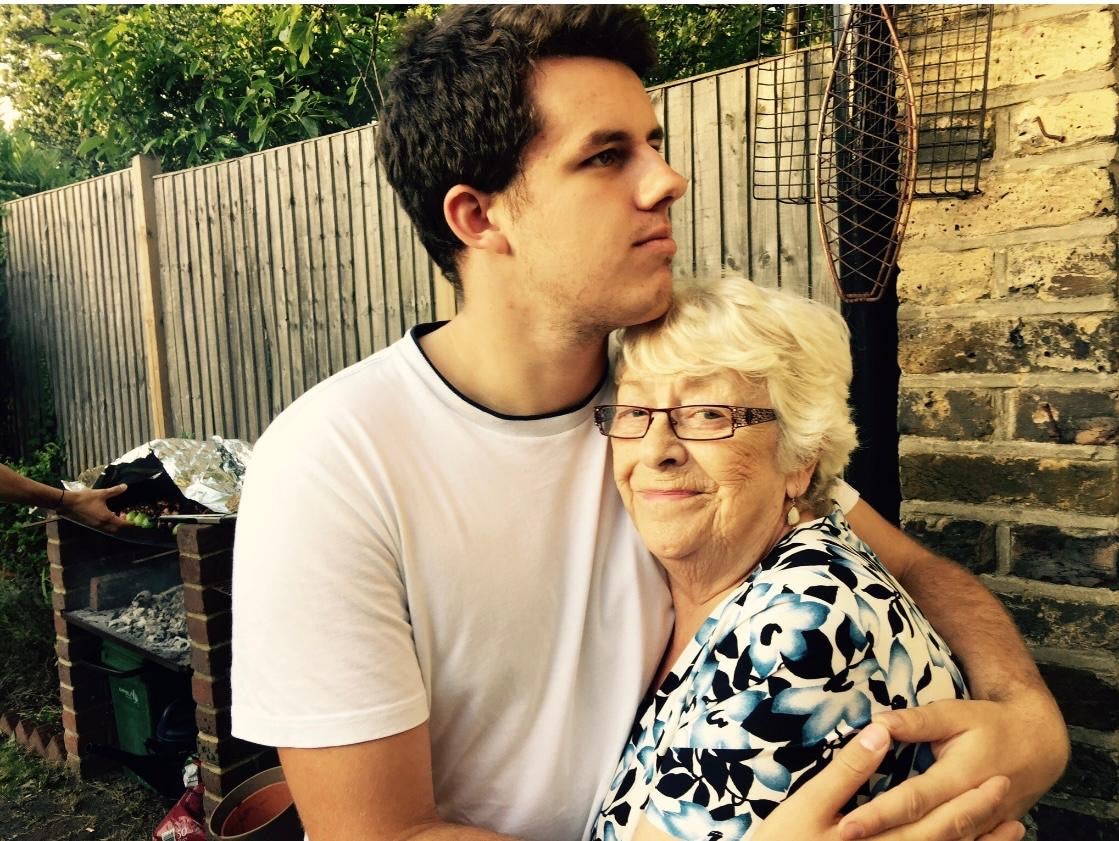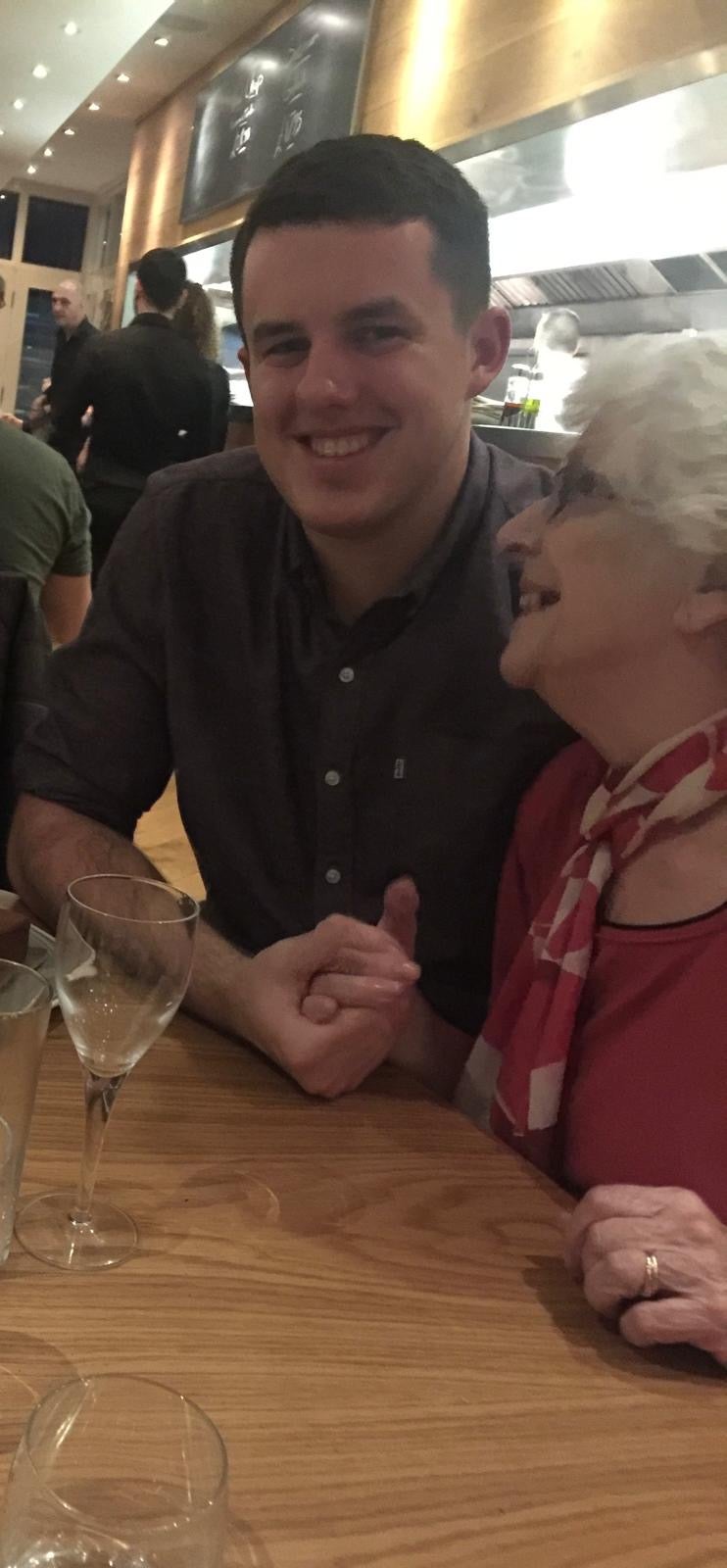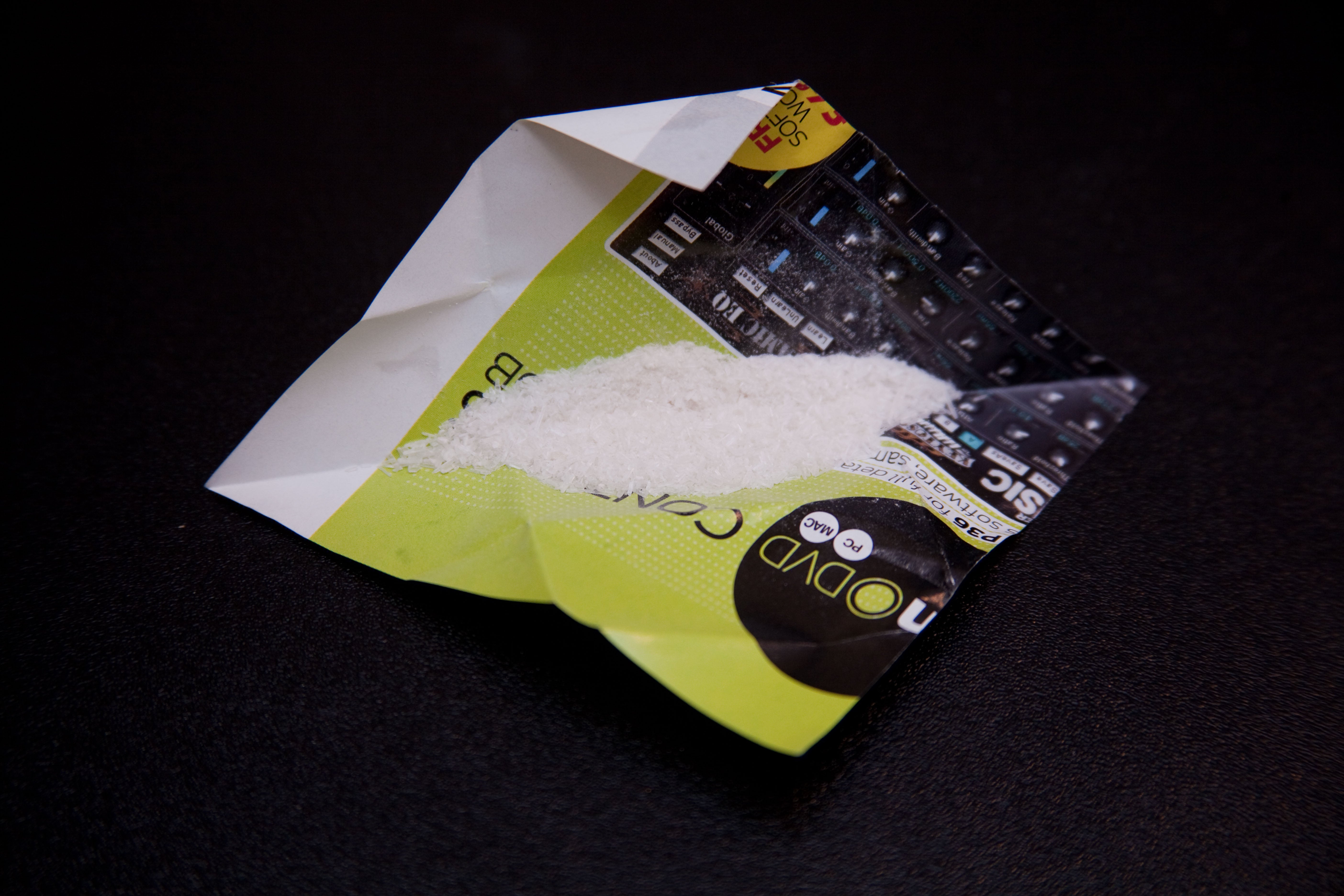
The first time Deborah Casserly caught her son using ketamine is a moment she will never forget.
Tennis fan Barney was loving, “desperately funny”, and a good student who never got in trouble at school.
“I will never ever forget it – I pushed open the bedroom door and he was just sitting in his bed with this terrible, terrible look in his eyes and he could hardly speak,” she said.
“The bedside table was covered in powder. My heart was just in my mouth. I remember just scooping it up and pulling the flush on the toilet.”
What had begun as a dabble with drugs at Reading Festival at the age of 17 had escalated into a serious problem which was getting out of hand.
Even then, as she took him to a psychiatrist to help him stop using the powerful horse tranquilliser and anaesthetic, she had “no idea of the tsunami that was going to hit us as a family”.
Over the years that followed, the family spent every penny they had on sending him to private rehab as he battled with an addiction that left him in crippling pain.
Regular ketamine use causes irreversible bladder damage known as “ketamine bladder” that leads to incontinence and painful symptoms, which left Barney using the toilet up to 20 times a night.
He knew the only cure was a urostomy bag before he took his own life in April 2018, aged 21, after suffering multiple relapses in his bid to stay clean.
Sharing his story after figures last month showed ketamine use has soared by 85 per cent since 2021, according to Home Office wastewater analysis, she told The Independent: “It’s an evil, evil drug. I just fear that we are heading for what the Americans were experiencing with their fentanyl crisis. It’s massively available, massively cheap.
“All of the rehabs across the country are all saying the same thing: enquiries about treatment for ketamine are going through the roof. How many young lives are going to be lost and destroyed?”

Figures from the Forward Trust show the number of adults entering treatment with ketamine problems is surging, from 1,551 in 2021-22 to 2,211 in 2022-23.
By the time Barney first went to rehab, his addiction was so consuming that he lied to his mother to pick up drugs for the flight to the treatment centre in Thailand.
“The fact that he would have risked that shows the need and desire to take ketamine was so, so huge,” Ms Casserly, 64, from north London, added.
Despite getting clean, he struggled when he was living in secondary residential care after rehab and fell back into drug use.
“I could always tell if he had used in a couple of seconds because his eyes would change completely, and he walked up the stairs, and I just said ‘you have used’,” she recalled.
By 2018, he had hit rock bottom after losing his job as a van driver.
“He just came here and said ‘nothing’s worked, I have been rehab and it hasn’t worked. You and Dad spent all your money that hasn’t worked.’
“He had this really awful inner narrative where he said ‘Everyone’s going to laugh at me, everyone’s going to think I’m a complete waste because I haven’t been able to achieve anything.’
“By this point, it was just terrible. He was using every day. Just lying in bed, lying in the bath. I discovered that he was going round different A&Es presenting different tales, collecting painkillers.”
At times, she would sleep on the floor next to his bed, fearing he was so deep in a “k-hole” he would fall down the stairs and break his neck if he woke in the night.
The mother said he would lie in the bath for hours, showering warm water on his stomach to soothe his bladder symptoms. Tragically, Barney turned to ketamine for help with the agonising stomach cramps, which only fuelled the cycle of drug abuse.
“He used to describe it as having the worst case of cystitis you have ever had,” she said. “He would be in bed, and every 20 minutes, he would get up because you think you’re desperate to pee.”

Having exhausted their funds for private care, she turned to the NHS drug and alcohol treatment services and begged for help, but was told there was nowhere to send him and he needed to prove he could do well in an outpatient setting.
He was offered an appointment the following Tuesday, but did not live long enough to attend.
The night he took his own life, he told his mother he was going to a Narcotics Anonymous meeting, but returned having used.
“We sat on the sofa and he said ‘Mum, if this is living I don’t want it. I want to wake up in the morning not craving drugs.’ He had these terrible side effects from the ketamine.
“I was the last person to see him alive. I went to bed, and when I woke up in the morning, he had killed himself.
“It was such a waste. He was such a lovely, lovely boy – he was kind, he was funny. He had so many friends.”
Some 450 people came to his funeral, including teachers from his school, primary school and friends from his tennis club.
Paying tribute to the “proper little Englishman”, who liked nothing more than a home-cooked roast or his favourite M&S chicken pie and used to call his grandmother every night, she said: “The tragedy is he would have made a great dad because he was so loving and desperately funny.”
Seven years on, Barney’s mother wants people to understand the risks of ketamine use and more investment in addiction services, adding: “We were a middle-class London family. The image that you have got when you think about addiction is someone on the street jacking up, and it’s so much more than that.
“The one thing I can be is his voice, I know he would be up there saying ‘Mum, tell my story,’ because sadly the illness just completely took hold of him.”

Mike Trace, CEO of the Forward Trust, added: “Ketamine was once seen by many as a ‘safe’ party drug. Sadly, as we know from families such as Barney’s, we are also seeing an increase in long-term health conditions and fatalities caused by the use of ketamine.
“Ketamine abuse is soaring, with young people all over the UK seeking treatment for addiction and irreparable damage to their bladders – it is also known to cause paranoia, muscle paralysis, and liver damage, alongside many other side effects.
“Addiction isn’t a marginalised issue in society. It runs deep and spreads wide. People are living with addiction all around us. And yet the stigma, misunderstanding and the fear of judgement is holding people back from getting the help they need.
“Perceptions of addiction need to change. We need to build compassion and understanding around addiction and support people to ask for help without judgement, discrimination or stigma.
“Recovery is possible, and with the right support and everyone should have the opportunity to access it before they reach rock bottom.”
A Home Office spokesperson said the rise in ketamine use identified in wastewater analysis was “deeply concerning” and the policing minister, Diana Johnson, has asked the Advisory Council on the Misuse of Drugs (ACMD) to consider reclassifying it as a class-A substance.
“Our thoughts are with Barney’s family and friends after his life was cut far too short,” the spokesperson said.
“Ketamine is an extremely dangerous substance, and the recent rise in its use, as well as rising cocaine and ecstasy use highlighted by this new analysis, is deeply concerning.
“In January this year, the minister for policing and crime prevention wrote to the ACMD expressing the government’s concern about the growth in the use of ketamine, particularly amongst young people and the damage that it was doing, and asking them to consider whether to reclassify it as a class-A drug.
“We will continue to work across health, policing and wider public services to drive down drug use and stop those who profit from its supply, and we will not hesitate to act on the advice of the ACMD when they report back to Minister Johnson.”
If you are experiencing feelings of distress, or are struggling to cope, you can speak to the Samaritans, in confidence, on 116 123 (UK and ROI), email jo@samaritans.org, or visit the Samaritans website to find details of your nearest branch.







